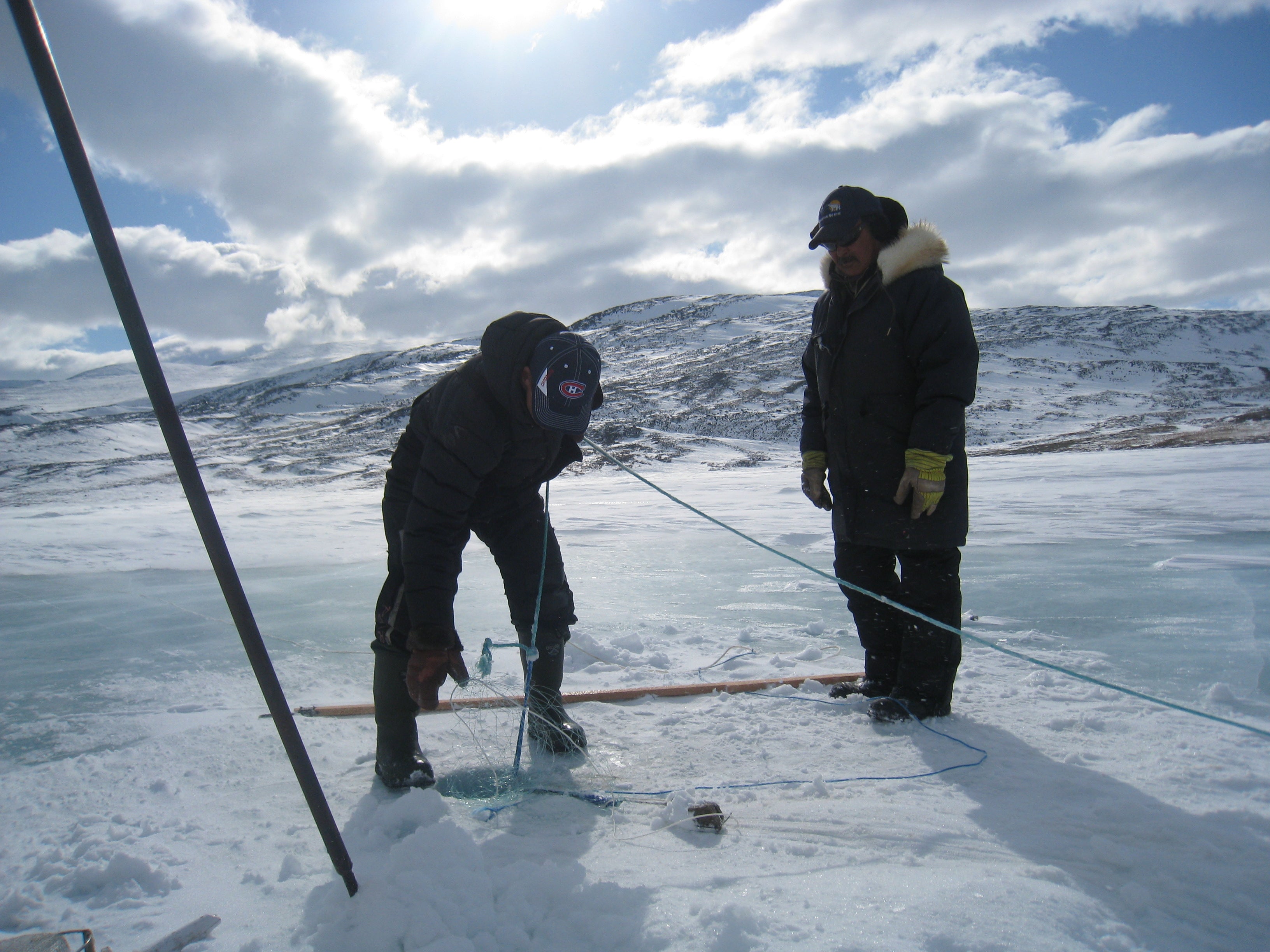Food is Political
I grew up on the outskirts of Port Hope, and spent the majority of my formative years in and out of town, exploring the Ganaraska Forest, fishing the Ganaraska river, swimming and kayaking in Lake Ontario, and riding every single backroad in the county- especially "Ganny 9" as the locals call it. But it wasn't until I was in my 3rd year Linguistics class at Carleton University (with a professor from Cold Springs no less) that I even began to understand what the word 'Ganaraska' meant. Word on from the boys on the river was that it was an old Indigenous term meaning 'clay waters', since the area is known for sandy soil that sits over clay. Some also said it meant 'place where the salmon swim'. But "Ganaraska" is the English pronunciation of the Cayuga word "Ganaraske" meaning "the place of the great swamp". They Cayuga peoples settled in the area of Port Hope due to the easy access to the lake, and the easy portage between Port Hope and Peterborough, which gave them access to wild rice when it was time to harvest, but also the rest of the Kawartha Lakes. It also gave them access to fresh Rainbow Trout, as well as Chinook and Coho Salmon twice a year, in the fall when they swim up the Ganaraska to spawn, and spring when the new generation of salmon swim back to the lake.
When the French, English, and other European settlers started coming to the area, they also saw Port Hope as a great place to settle, and began to edge the Indigenous peoples out. They started to build the over 50 mills along the Ganaraska and her tributaries, which caused irregular water flow, flooding, and disruption of Salmon spawning grounds. The floods became worse, culminating in the flood of 1980, which wiped out a lot of downtown and birthed the 'Float Your Fanny Down the Ganny' race in early April, an event that coincides with the Rainbow Trout running in the river. It has been a big point of debate in Port Hope for many years whether to continue the annual commemorative race or not, due to local Indigenous and conservation groups raising concerns over the effect the race has on the spawning grounds and fish migrations. Now the race is held before the rainbow trout start running.
The Corbett Dam, the fish ladder in Port Hope, has also been a point of contention, as it was built to control the water levels of the Ganaraska, but also make it hard for salmon to get upriver to their traditional spawning grounds (between the 401 and Sylvan Glen). Volunteers every year, and many from the surrounding Indigenous communities like Alderville, come to help lift salmon over the dam in the fall, a more humane solution than letting the fish slam themselves off the concrete of the dam wall while they aim for the little square hole in the wall that takes them to the other side. The Port Hope salmon run is also a tourist attraction, with many people coming to fish them from all over, from Toronto, Kingston, Ottawa, etc. Often, when asked where I was from at Carleton, many would only recognize the name Port Hope from having gone to fish or watch the salmon swim upriver. While it boosts tourist income for the town of Port Hope, the salmon populations are decimated by overfishing and the river is often littered with salmon carcasses when the tourists have gone home again. It's sad to see, and town is usually fishy smelling for a good couples week after.
I write this as a way to raise awareness for a species that way a key food for the Indigenous peoples that first settled in Port Hope, and a major point of political contention in my hometown. Food is more than just something we eat; the way it's harvested, caught, gathered, and processed can have huge impacts on the world around us, our politics, and our lives.

Graze and Gather respects the Indigenous fishing rights, which is why we are very proud to work with First Fish. First Fish is a non-profit social enterprise that handles the distribution of fish caught by Inuit fishermen in Nunavut and distributes it to Toronto and the GTA, taking on the logistical legwork for the small Northern communities while funnelling all proceeds back into those communities. The fishermen are still able to carrying out their traditional ways of fishing, while earning an income that supports their communities and keeping the traditions being passed down from generation to generation.
First Fish is a shining example of what it means to be both environmentally and socially sustainable. Their first priority is creating a positive future for the children of these communities, not revenue. They focus on building strong communities centered on traditional practices that enhance connection, sustainability, culture, and quality of life for the Inuit communities of Baffin Island.

